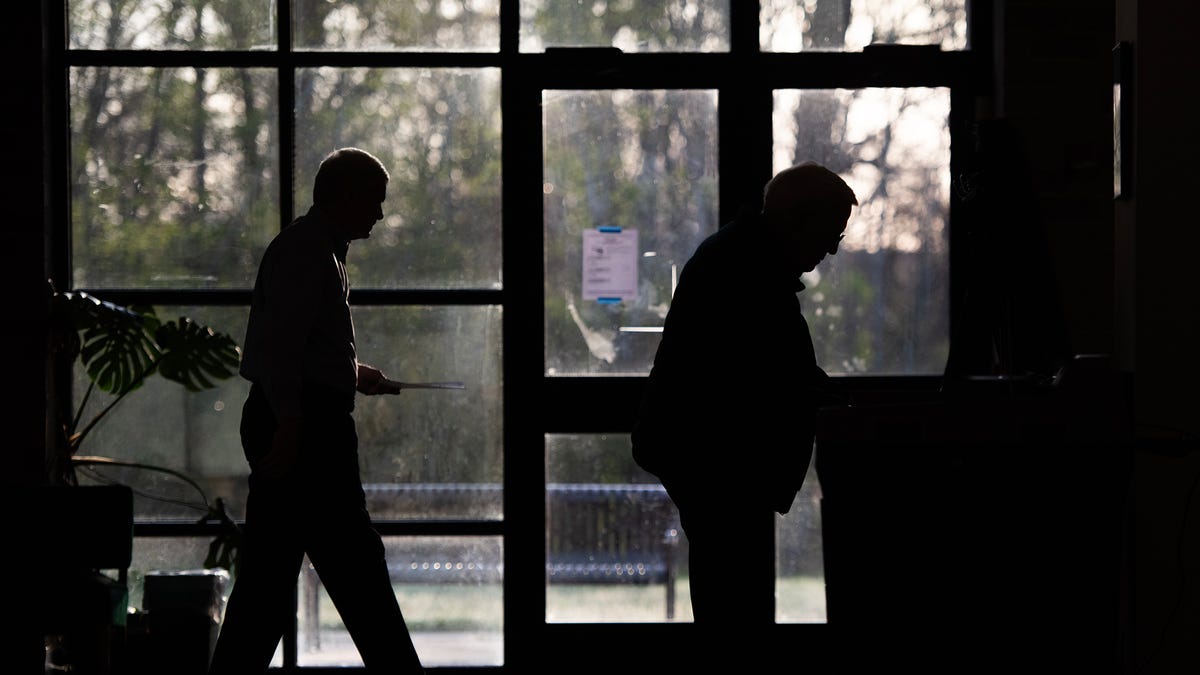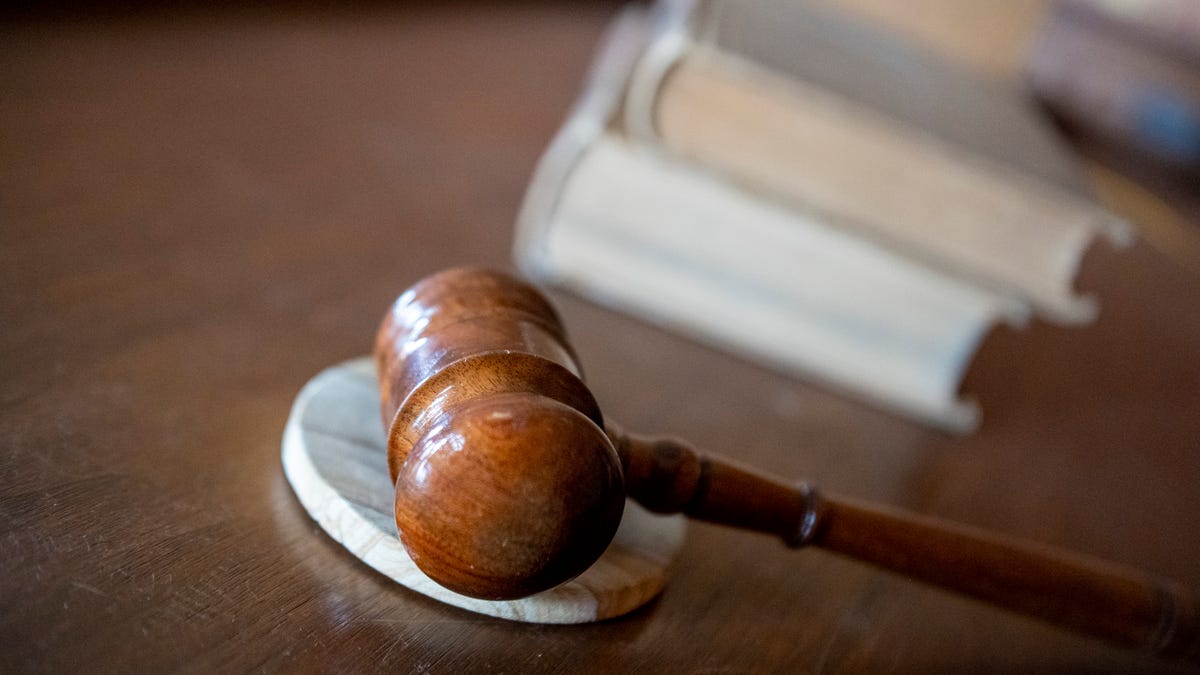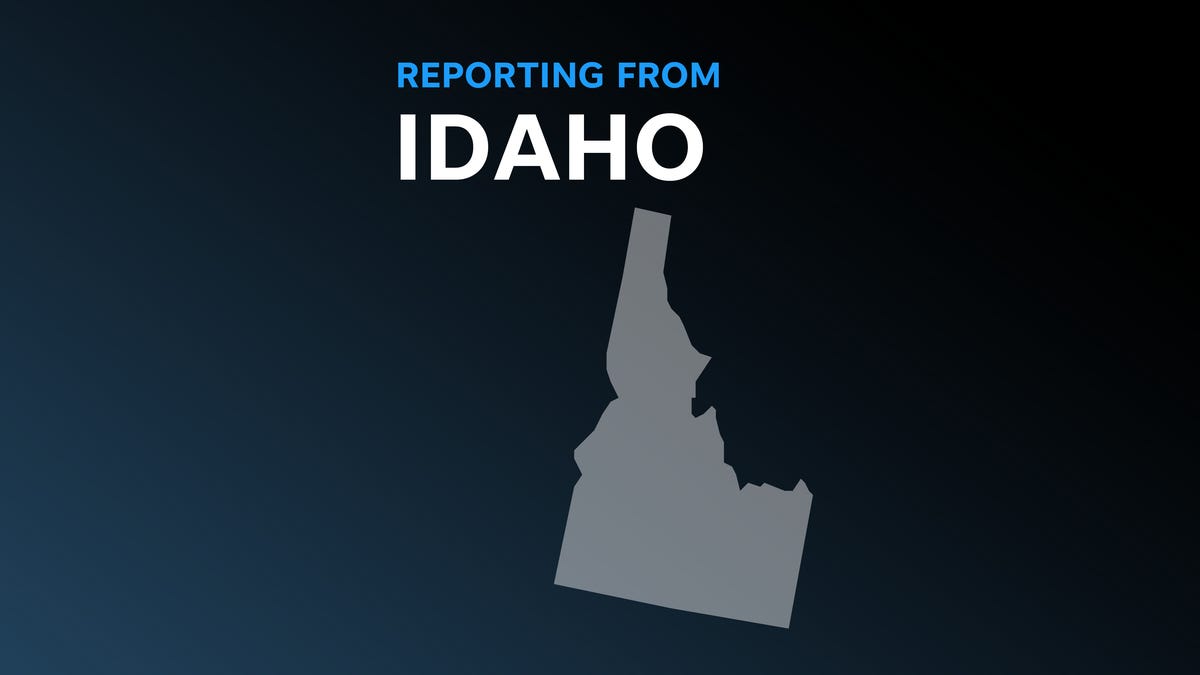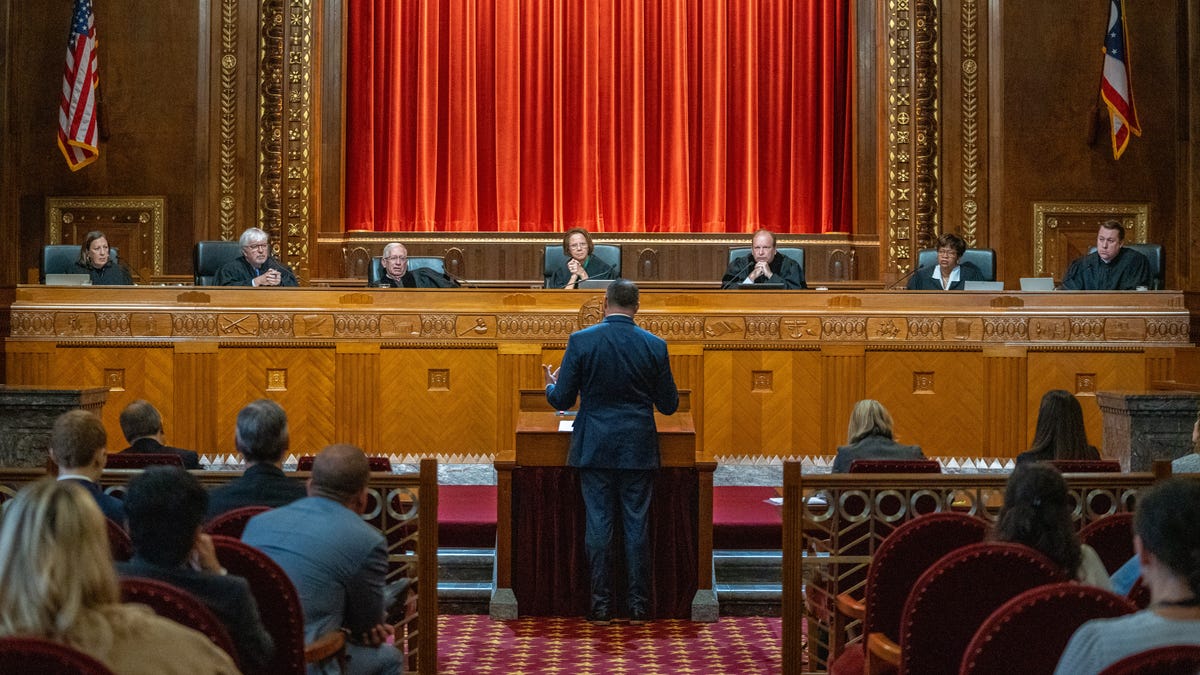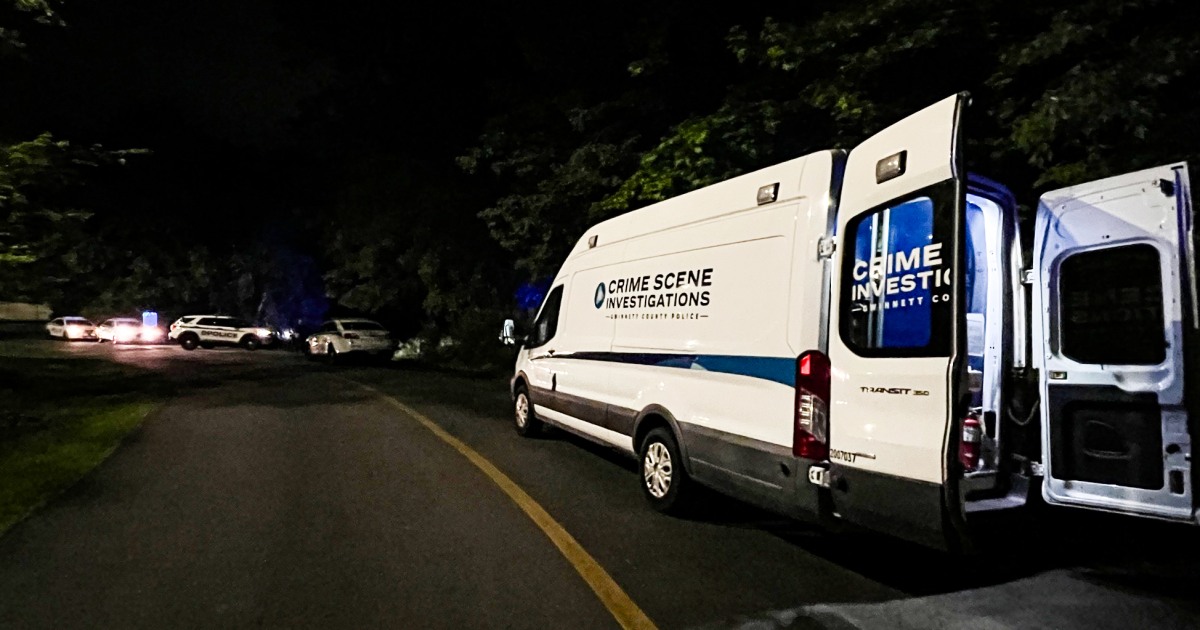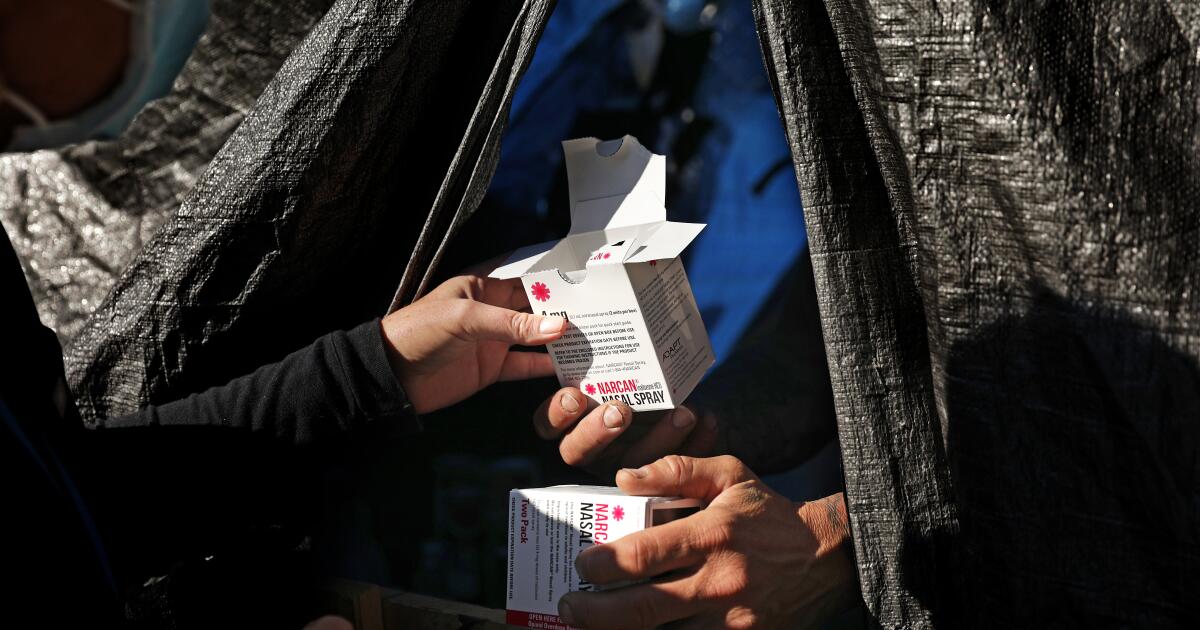Italy’s Fincantieri has acquired the submarine unit of defence group Leonardo in a deal valuing the asset at up to €415mn, as Europe’s largest shipbuilder seeks to build up its military business.
The agreement, under which Fincantieri will pay Leonardo €300mn and an additional amount of up to €115mn depending on certain targets being met this year, was announced on Thursday evening along with Fincantieri’s latest capital raise of up to €400mn. The funding round, backed by state investor Cassa Depositi e Prestiti, will finance the group’s acquisition.
Fincantieri’s purchase of Tuscany-based Wass, which makes underwater missiles and sonars, will strengthen the state-controlled company’s defence and security operations. The company manufactures both cruise and military vessels as well as submarines, and aims to expand its underwater business.
It comes at a time when governments are seeking to protect critical underwater infrastructure assets such as telecommunication cables and energy pipelines from rogue actors.
The war in Ukraine and the 2022 Nord Stream pipeline sabotage incident have highlighted the importance of underwater security. With more underwater drones being used in the Black Sea, the conflict has underlined the importance of underwater defences.
Italy’s government is also seeking to streamline its underwater security systems, establishing a national research centre to foster business opportunities in the sector.
Leonardo, under chief executive Roberto Cingolani, has been divesting non-core assets and eyeing acquisitions. The company, which is also controlled by the government, has been looking to strengthen partnerships with other defence contractors across Europe and focus on its technology platform.
Fincantieri and Leonardo also have a joint venture, called Orizzonte Sistemi Navali, which manufactures warship systems.
In its new business plan presented last year, the Italian shipbuilder identified the underwater security business as a key growth pillar. The defence sector accounts for one-fourth of its €7.6bn revenues.
In its presentation, Fincantieri estimated the global underwater sector, including defence, telecommunications, energy and oil and gas, to be worth up to €400bn — with defence playing a leading role — by 2030. Shares in the company have rallied almost a third since its release.
In February, Fincantieri completed the acquisition of Remazel Engineering, a company based north of Milan that specialises in designing and supplying highly complex topside equipment. The group now plans to boost growth through further acquisitions which Thursday’s capital increase will help fund, said people familiar with the plans.
After years of losses in the hundreds of millions, Fincantieri reported a net loss of €53mn in 2023, a significant improvement compared to the previous year’s losses of €324mn. Chief executive Pierroberto Folgiero, who has been at the helm since mid-2022, said the results were “the fruit of financial discipline and solid operational performance of military and civil ship building”.
Shares in Fincantieri closed down 7.5 per cent on Thursday over concerns about the size of the recapitalisation reported earlier on Thursday by Italian media.

/cloudfront-us-east-2.images.arcpublishing.com/reuters/GTWVTYFH6VI4FDP4ISD7S5624Y.jpg)

